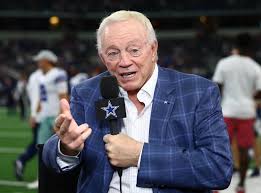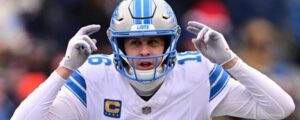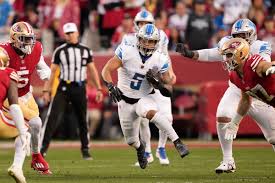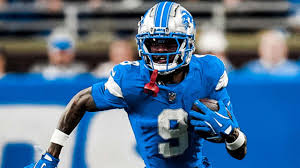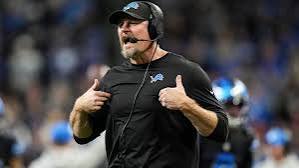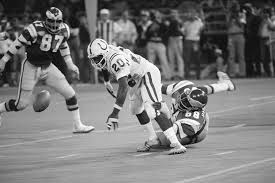
That NFC Championship game in 1981 was a pivotal moment in Eagles history. It was a fierce contest against the Dallas Cowboys, and while the Eagles were the underdogs, they had a determined coach in Dick Vermeil and a team built on relentless effort and physical toughness. The era was marked by its grueling style of play, with players like Jerry Sisemore embodying the tough, no-nonsense approach that defined the Eagles’ strategy.
If you’re interested in more details about that game or the era, the link you provided has more information. Let me know if there’s anything specific you’d like to dive into!
That 1981 NFC Championship game was indeed a significant moment for the Eagles. The game was a hard-fought battle against the Dallas Cowboys, ultimately leading to a tough loss for the Eagles, but it was a defining moment that set the stage for future success. Dick Vermeil’s leadership and the team’s grit were crucial in that era.
If you’re looking for specifics about the game, the players, or the impact on the team’s history, feel free to ask!
That’s a powerful and sobering read. It’s tragic to see the long-term effects of football on players, especially when it comes to cognitive health. The NFL has faced increasing scrutiny over the years regarding player safety and concussion protocols. The stories of players like Sisemore and Montgomery highlight the severe impact of the sport’s physical demands and the need for ongoing support and research into brain injuries.
This case underscores the ongoing concern about the long-term impact of football-related head injuries. The settlement allowed former players to receive compensation for serious neurological conditions linked to their careers, though the NFL did not admit liability. The focus on chronic traumatic encephalopathy (CTE) and other related diseases highlights the need for continued research and better safety measures in contact sports. If you’re interested in more details or updates on the topic, feel free to ask!
The NFL settlement program, intended to address complex issues related to former players’ neurological conditions, has unfortunately become a source of frustration for many. Former Eagles players like Montgomery, Sisemore, LeMaster, and Morriss have faced significant obstacles such as delays, rejections, and conflicting medical evaluations. Despite the program reporting payouts exceeding $1.3 billion, only 4,057 of the 20,572 eligible former players have submitted claims, and just 1,802 have received payments. Lisa Sisemore, wife of Jerry Sisemore, criticized the NFL for creating an illusion of care while imposing numerous caveats. The NFL’s lead attorney, Brad S. Karp, stated that the league does not control the decision-making process for awards, while NFL spokesperson Brian McCarthy emphasized the league’s commitment to player welfare and the generosity of their benefit programs.
Before retired players can receive money from the settlement program, they must undergo detailed neurological evaluations. Critics argue that some of these tests may be too challenging for individuals with cognitive impairments. Robert Stern, a cofounder of Boston University’s CTE Center, noted that the assessments used are not the typical ones employed by dementia specialists and neuropsychologists. Court records indicate that among 2,444 former players who had submitted claims for moderate or severe cognitive decline as of June 3, only 36% had received payments. Karp explained that independent administrators appointed by the court handle each settlement claim, and medical evaluations and reviews are conducted by separate parties. Former players can have their claims re-evaluated and resubmitted multiple times over the settlement’s 65-year duration if initially denied. Vermeil, 87, has been a strong advocate for former Eagles players and their families, connecting them with doctors, researching the settlement process, and pressing NFL alumni officials to address delayed claims. He expressed frustration at the demeaning process that players and their families are subjected to, feeling a strong sense of responsibility to ensure they receive what they deserve.
Jerry Sisemore, who grew up playing football in San Antonio during the late 1950s and early 1960s, had no idea of how the sport would impact his life. Initially interested in playing the trombone, his impressive physical stature led a coach to recruit him into football. Sisemore played various positions at Plainview High School and continued as an offensive lineman at the University of Texas, where he earned unanimous All-America honors twice.
